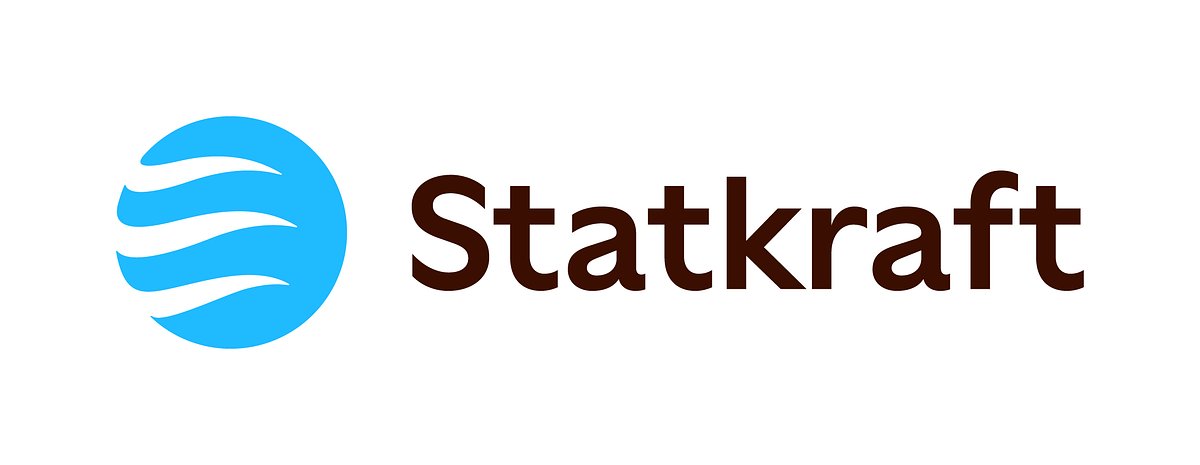
Germany's Hybrid Power Pioneer: Zerbst Plant Stabilizes Grid
Statkraft's Zerbst hybrid solar-battery plant reshapes Germany's energy landscape, proving rapid innovation and grid stability are achievable, offering a blueprint for future industrial transformation.
Germany's Hybrid Power Pioneer: Statkraft's Zerbst Plant Stabilizes Grid
ZERBST, GERMANY – November 12, 2025
In a significant stride for Europe's energy transition, Statkraft, the continent's largest producer of renewable energy, has officially commissioned Germany's largest solar-battery storage hybrid power plant in Zerbst. This €45 million facility, combining a substantial solar farm with advanced battery storage, represents a pivotal moment in the nation's quest for a stable, decarbonized electricity grid. More than just a power plant, the Zerbst project is a testament to strategic innovation, demonstrating how integrated technologies are transforming industrial energy infrastructure and delivering tangible economic and environmental benefits.
A New Blueprint for Grid Stability
The Zerbst hybrid plant is an engineering marvel, featuring a 46.4-megawatt solar farm alongside an impressive 16-megawatt battery storage system with a total capacity of 57 megawatt-hours. This sophisticated combination is designed to overcome one of the primary challenges of renewable energy: intermittency. While the solar modules generate nearly 50,000 MWh of green electricity annually—enough to power approximately 14,000 households and save around 32,000 tons of CO₂—the co-located battery system ensures this power is available precisely when needed. It stores surplus electricity generated during peak sunshine hours and releases it into the grid during evenings or nights when solar production wanes, effectively smoothing out supply fluctuations.
This intelligent integration drastically enhances grid stability, a critical factor as Germany increasingly relies on variable renewable sources. The project's swift execution is equally remarkable; from groundbreaking to full commissioning, the entire process took just twelve months, a notable achievement in a sector often plagued by construction delays. This speed underscores the efficiency and expertise brought to bear by Statkraft and its partners. While other major players like RWE, E.ON, and Vattenfall are also investing heavily in battery storage and hybrid projects across Europe, the scale and rapid deployment of the Zerbst plant position it as a leading example of what can be achieved in advanced energy infrastructure.
The Engine of Innovation: EEG Tenders and Strategic Investment
The economic viability of pioneering projects like Zerbst is often underpinned by supportive policy frameworks. This hybrid plant receives a market premium from Germany's Renewable Energy Sources Act (EEG) innovation tender, a crucial mechanism designed to incentivize market-ready technologies that integrate multiple renewable sources or combine renewables with storage. These tenders de-risk significant upfront investments, fostering an environment where innovation can thrive and accelerate the energy transition.
For Statkraft, the Zerbst plant is more than just a successful project; it's a reflection of a broader strategic pivot. While historically a leader in hydropower, the company is aggressively expanding its footprint in solar, wind, and battery storage. With a pipeline of projects exceeding 4,000 MW, Statkraft is investing between NOK 16 billion to NOK 20 billion annually, focusing on profitable technologies in core markets across Europe and South America. This strategic shift is vital in the context of Europe's evolving energy landscape, where renewables now constitute nearly half of the EU's power generation. Projects like Zerbst are not just about adding capacity; they are about building a resilient, self-sufficient energy future, reducing reliance on volatile fossil fuel markets and strengthening energy security across the continent.
Beyond Megawatts: Local Prosperity and Sustainable Land Use
The impact of the Zerbst project extends far beyond its technological prowess and contribution to national energy goals. It delivers tangible benefits directly to the local community. The city of Zerbst/Anhalt stands to gain approximately €100,000 annually through a voluntary municipal tax payment from Statkraft. This significant financial injection provides local authorities with resources that can be freely allocated to public services, infrastructure improvements, or other community-enhancing initiatives. Saxony-Anhalt's Minister-President, Dr. Reiner Haseloff, lauded the project, stating, “The Zerbst solar park is a lighthouse project that shows how the energy transition in Saxony-Anhalt is succeeding. With this project, Saxony-Anhalt is proving that we can implement the energy transition pragmatically and efficiently.”
Furthermore, the plant's location on a former gravel pit exemplifies sustainable land use. Repurposing industrial land for renewable energy projects minimizes habitat disruption and avoids competition with agricultural or natural areas. This approach showcases how industrial innovation can harmoniously integrate with environmental stewardship and local economic development. The project's ability to supply 14,000 households with clean energy and offset 32,000 tons of CO₂ annually translates directly into cleaner air and a reduced carbon footprint for the region, aligning local interests with global environmental objectives.
Reshaping the European Energy Landscape
The commissioning of the Zerbst hybrid power plant is a powerful indicator of the profound industrial transformation underway in the energy sector. It highlights the critical shift from conventional, centralized power generation to a more distributed, intelligent, and flexible system. These hybrid solutions are crucial for maximizing the value of renewable assets, providing essential grid services, and accelerating Europe's ambitious climate targets. Statkraft's leadership in developing such advanced infrastructure demonstrates that the path to a fully renewable energy system is not only technically feasible but also economically advantageous and socially beneficial. The Zerbst project stands as a compelling blueprint for how strategic innovation and integrated technologies are reshaping industries, creating new economic opportunities, and building a more resilient energy future for generations to come.
📝 This article is still being updated
Are you a relevant expert who could contribute your opinion or insights to this article? We'd love to hear from you. We will give you full credit for your contribution.
Contribute Your Expertise →